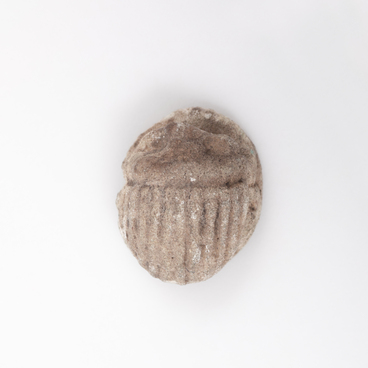In 2009, Oleg Radyush, the head of the Middle Seym expedition of the Institute of Archaeology of the Russian Academy of Sciences, donated a trapezoidal fibula with red champlevé enamel to the collections of the Kursk Museum of Archaeology. The item belongs to the Kyiv archaeological culture, the bearers of which are considered by scholars to be ancestors of the Slavs. During the Migration Period, such fibulae, as well as other similar high-quality decorations, could only be afforded by members of the elite.
Fibulae are an essential element of proto-Slavic women’s attire. They are a set of jewelry items forming a unified system that carried not only decorative but also significant semantic meaning. In the 2nd–4th centuries, the distinctive style of the so-called Eastern European barbarian champlevé enamels spread across vast areas of Eastern Europe. Decorations of this style are most characteristic of the Dnieper and Desna regions during the 3rd–5th centuries. It originated there on the basis of the local late Zarubintsy style and the influence of provincial Roman craftsmanship.
Enamel-inlaid items often formed part of the rich and colorful sets found in hoards, such as the Bryansk hoard, discovered in 2010 near the village of Usukh in the Bryansk region. As a rule, trapezoidal fibulae exhibit a certain stylistic unity. These are cast jewelry items made of copper alloy, decorated with enamel that fills recesses specially created in the wax model of the item before casting it in metal. Enamel is a thin glassy coating on the metal surface, achieved by high-temperature processing, one of the sources of which in the 3rd–4th centuries in the Dnieper region was imported Roman glass beads.
Red enamel is the most commonly found, while blue,
green, white, orange, and yellow are less frequent. Usually, only one color of
enamel is placed in each cell, but there are exceptions where enamel of two or
three colors fills a single cell without any partitions. The shapes and
decorative patterns of the jewelry are geometric. Circles, semicircles,
triangles, rhombuses, squares, crosses, and various combinations of these
shapes were widely used.



